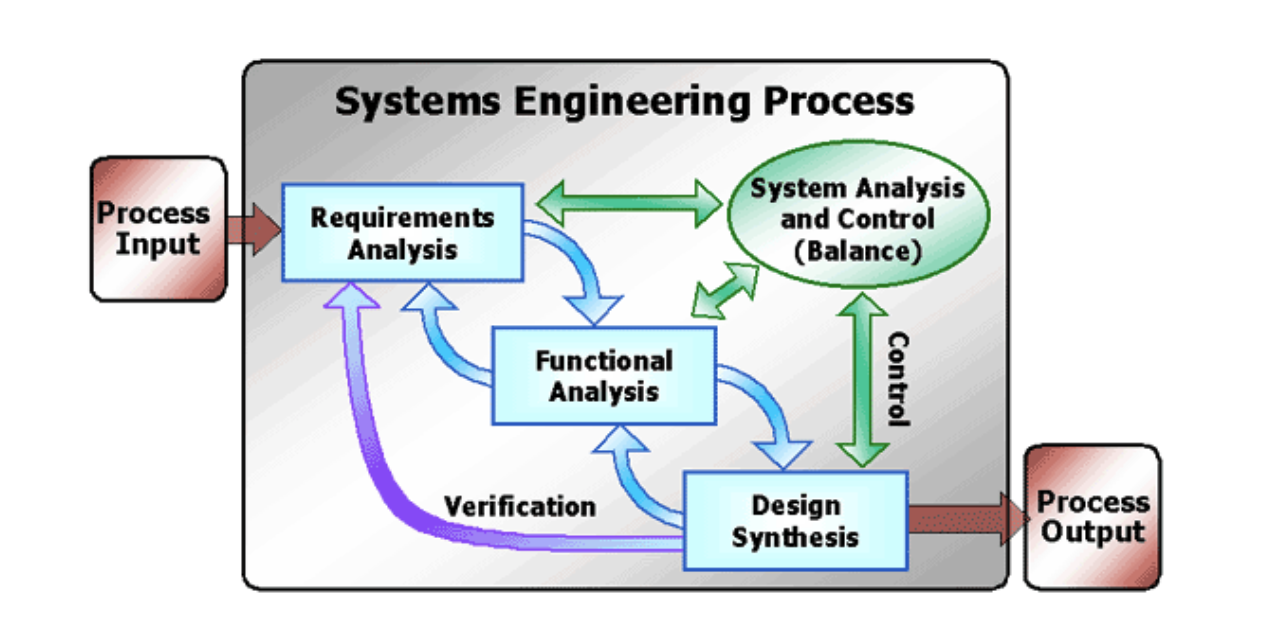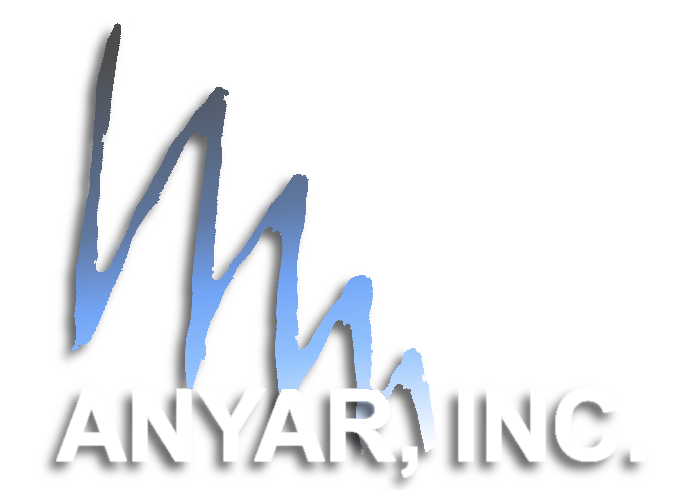What Our Capabilities Are
Systems Engineering
Systems engineering, according to the NASA Systems Engineering Handbook, is defined as a methodical, multi-disciplinary approach for the design, realization, technical management, operations, and retirement of a system. Below, is a depiction of the Systems engineering process.
MBSE
Model-Based Systems Engineering (MBSE) is a digital, model-centric approach to the systems engineering process, as opposed to the more traditional document-based approach. The model serves as a single source of truth, where all parties involved can access the same information about the system. By using a digital model, system complexity is easier to manage, issues can be identified quicker, and any changes made to the system are automatically propagated.
The predominant language for MBSE is Systems Modeling Language (SysML). It is a general-purpose modeling language for specifying, analyzing, designing, and verifying complex systems and systems-of-systems. Some of the MBSE modeling tools that Anyar is familiar with are Cameo Systems Modeler and
Sparx Systems Enterprise Architect with the SysML plugin.
Anyar is partnered with AFRL and corporate partners to integrate Modeling and Simulation (M&S) tools with the MBSE process. Using M&S tools in the System Analysis and Control step of the Systems Engineering Process can facilitate better trade studies and optimizations, leading to higher fidelity models and faster development of weapon systems.

The four activities in the process are as follows:
- Requirement Analysis – specifies what the system shall/should do based on the Concept of Operations (CONOPS).
- Functional Analysis – decomposes the system into lower-level functions, where each function traces back to a requirement.
- Design Synthesis – transforms the functional architecture into a physical architecture, where candidate subsystems and components are defined for each function.
- System Analysis and Control – determines which candidate solutions are best suited for the application, tracks decisions, requirements, cost, schedule, and technical performance, and verifies that requirements are met.
